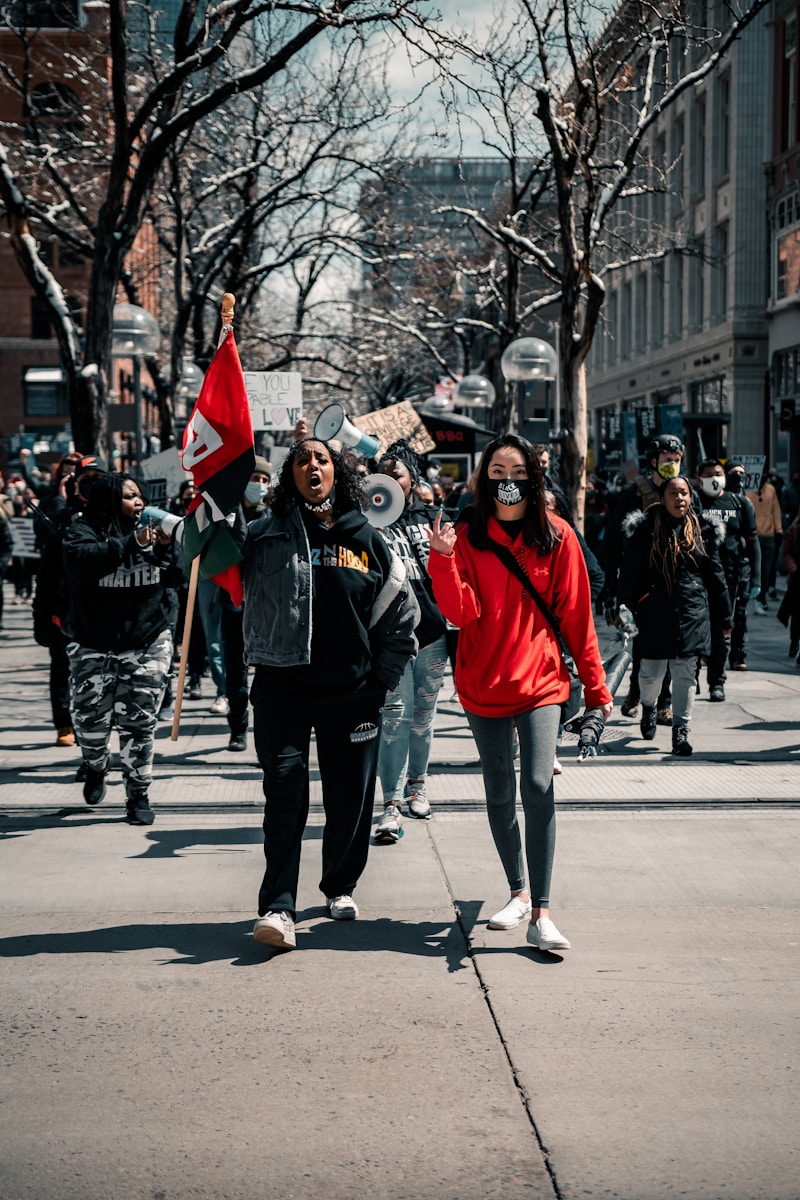Understanding Symbolic Gestures: The Language of Meaningful Actions
What Are Symbolic Gestures?
Symbolic gestures are actions that carry significant meaning beyond their literal interpretation. These gestures are often used to communicate emotions, intentions, and social signals. They can vary widely across cultures and contexts, serving not only as a means of expression but also as a tool for building relationships and understanding social norms.
The Importance of Symbolic Gestures
In various spheres of life, such as relationships, business, and public interactions, symbolic gestures play a crucial role. They can convey respect, solidarity, or disagreement without the need for words. For instance, a handshake can signify agreement or friendship, while a raised fist might demonstrate protest or empowerment.
1. Symbolic Gestures in Personal Relationships
In personal relationships, actions often speak louder than words. Small yet meaningful gestures, such as surprising a loved one with a thoughtful gift or cooking dinner after a long day, reinforce bonds and show appreciation. These gestures can be visualized in the table below:
| Type of Gesture | Meaning |
| Gift Giving | Symbolizes affection and thoughtfulness |
| Cooking a Meal | Expresses care and effort |
| Hugs | Conveys warmth and support |
| Acts of Service | Demonstrates love through assistance |
2. Symbolic Gestures in Politics and Social Movements
Throughout history, symbolic gestures have been instrumental in political movements. They can rally support, signify unity, or as a form of protest. Notable examples include:
- The raised fist during the Black Power movement, representing solidarity and resistance.
- Waving flags during nationalistic expressions, symbolizing identity and pride.
- Taking a knee during national anthems to protest oppression and racial inequality.

3. Symbolic Gestures in Business
In the corporate world, gestures have significant implications for communication and relationships. A firm handshake can establish confidence and professionalism, while a nod can indicate understanding and agreement. Moreover, gestures such as giving awards or recognitions symbolize appreciation and motivate employees.
Cross-Cultural Perspectives on Symbolic Gestures
Understanding symbolic gestures requires an awareness of cultural context. What might be a sign of respect in one culture could be deemed offensive in another. For example:
- In some Asian cultures, bowing is a traditional sign of respect, while in Western cultures, it may be a less common practice.
- Pointing with a finger is acceptable in some countries, but in others, it might be considered rude.
- Certain hand gestures, like the "OK" sign, can have different meanings globally, ranging from approval to offense.
Common Questions About Symbolic Gestures
Many people might wonder about the significance and interpretation of symbolic gestures. Here are some frequently asked questions:
- What are some universal symbolic gestures?
- How can symbolic gestures enhance communication?
- Are symbolic gestures a form of non-verbal communication?
How to Use Symbolic Gestures Effectively
Incorporating symbolic gestures in your daily interactions can enhance communication and foster better relationships. Here are some tips:
- Be mindful of cultural differences: Understand gestures that may be appropriate or inappropriate in different settings.
- Observe others: Learn from how people utilize gestures to communicate effectively.
- Practice makes perfect: Incorporate meaningful gestures into your interactions to enhance your emotional intelligence.
Conclusion: The Power of Symbolic Gestures
Symbolic gestures are vital components of communication that transcend language barriers. They carry the power to express feelings, intentions, and cultural values. As you navigate personal relationships or professional environments, remember that a simple gesture can make a significant impact. Be respectful of cultural differences and utilize these powerful tools to enhance your interactions. Doing so can foster understanding and strengthen connections, contributing to a more empathetic and socially aware society.
Remember: The effectiveness of symbolic gestures lies in their thoughtful application. A well-timed gesture can convey messages that words sometimes cannot, making them an essential part of human interaction. Stay attuned to the meaning behind your actions, and use them wisely to create deeper connections with those around you.